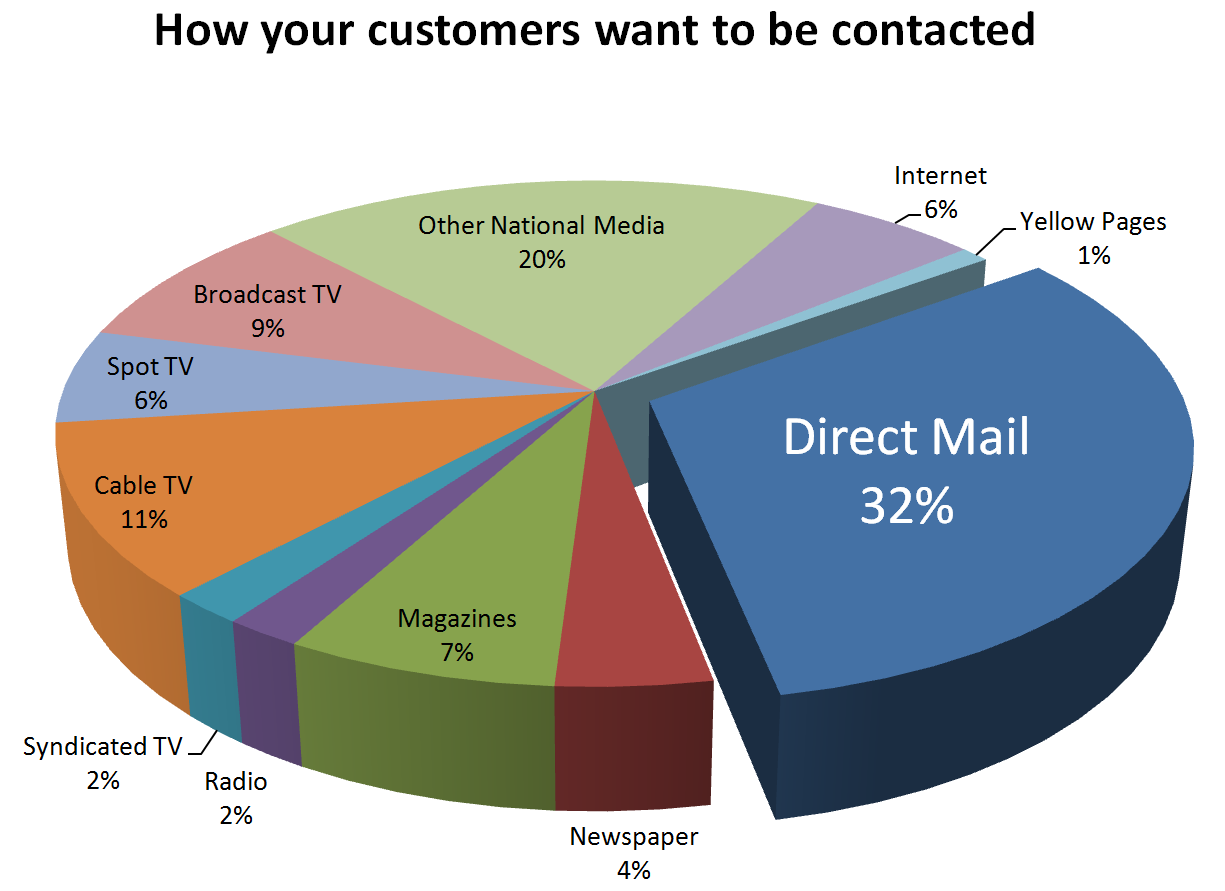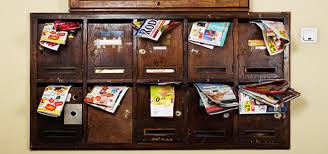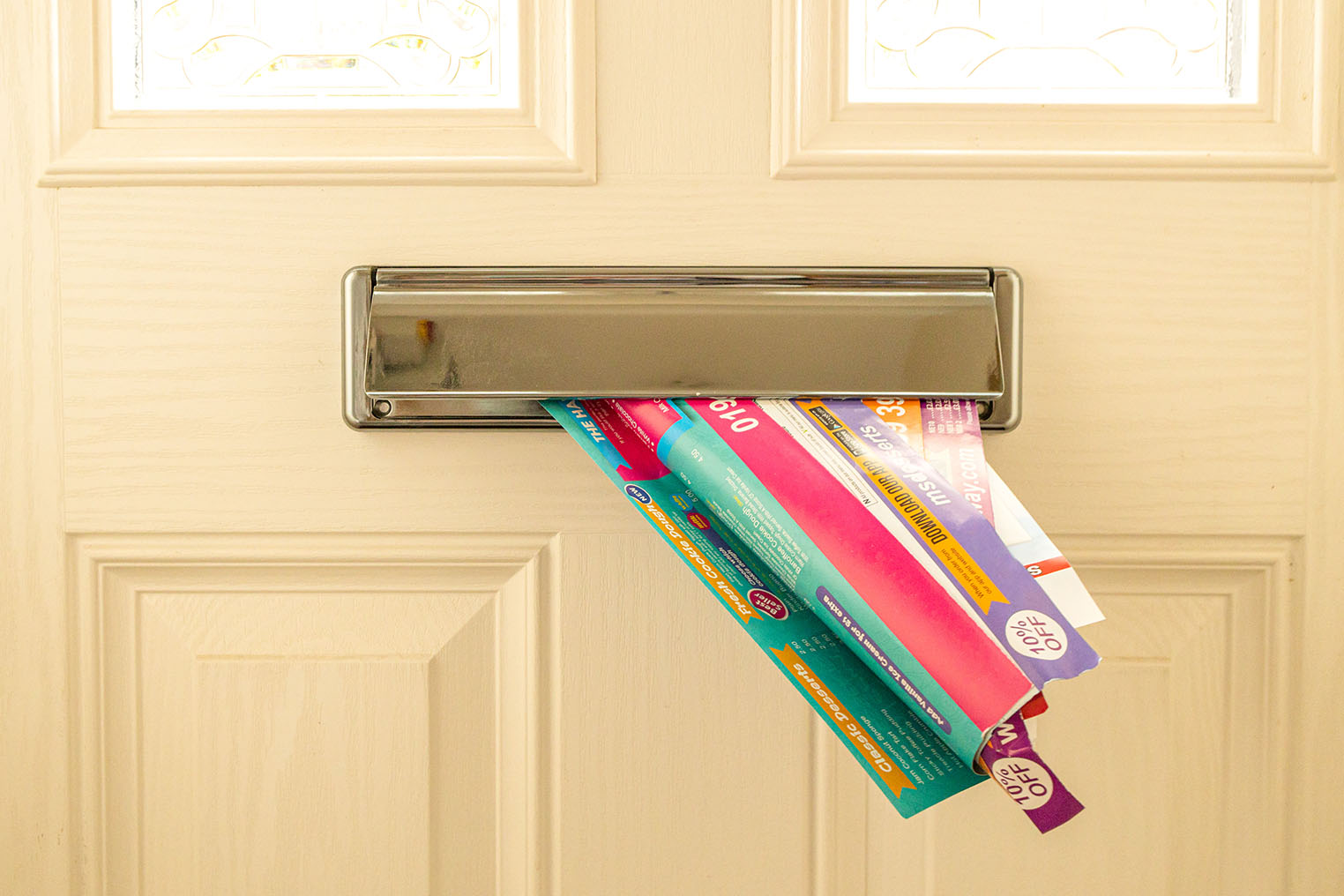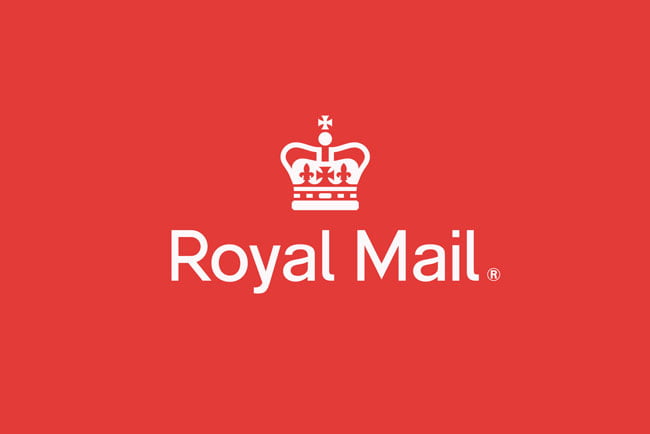Role of Advertising Mail
Role of advertising mail
Alongside the advent of digital communications, advertising mail should now be a targeted, carefully-timed part of your brand’s multi-channel customer journey.
Recent research into consumers’ relationship with mail has provided a number of important insights that are helpful for you to understand when defining your admail strategies and looking to deliver relevant, highest-quality marketing to precisely targeted customers at the right time in their buying cycle.
- Consider your brand values and feel
Part of the emotional strength of mail is linked to its tangibility and ability to use physical production values.
Simply being able to touch and feel the brand in your hand has been shown to generate a stronger reaction and a more emotional engagement.
People also project physical production values onto brand values – if they think your mailing looks and feels
‘quality’ then they will assume the same of your brand.
- Consider the role of mail in your customer’s journey
The research shows that when people consume mail, the parts of their brain associated with laying down
long-term memories were over 70% more active than when consuming TV and 40% more active than for email.
This means the opportunity is not necessarily to try and create immediate direct response or action but to embed the brand in your customer’s head so it can rise to the surface when they move into a more active phase of the buying journey. This might be just a few days away in the case of the weekly shop, or several months away for insurance, holidays or a new mobile phone.
- Consider your message
Consumers see mail as a medium of authority – one they prefer for things that are important, formal or official
– whilst 57% say that receiving mail makes them feel more valued. - Consider the longevity of your communication
The research showed that on average addressed advertising mail is kept around the home for 17 days. And if you send customers a catalogue you can expect 71% of them to keep it for a month or more. - Consider the nature of your communication
Customers state a strong preference for receiving items such as brochures, catalogues, welcome packs, bills and statements and loyalty rewards by mail; whereas they typically opt for digital channels to hear about news and updates, confirmations or follow-up messages, other products and services and information from companies they have not used before. - Consider the decision you are asking your customer to make and choose your channel accordingly
– How much time are they likely to need to understand, investigate, digest and decide upon your offer?
– Are they likely to need to discuss it with others?
– Is it a decision they will need an extended period of time to act upon?
- Consider how mail works alongside other channels
Mail and digital work in very complementary ways – and mail has also been shown to drive digital behaviours.
As a direct result of receiving mail:
- 92% have been driven to online or digital activity
- 87% have been influenced to make online purchases







Leave a Reply
You must be logged in to post a comment.